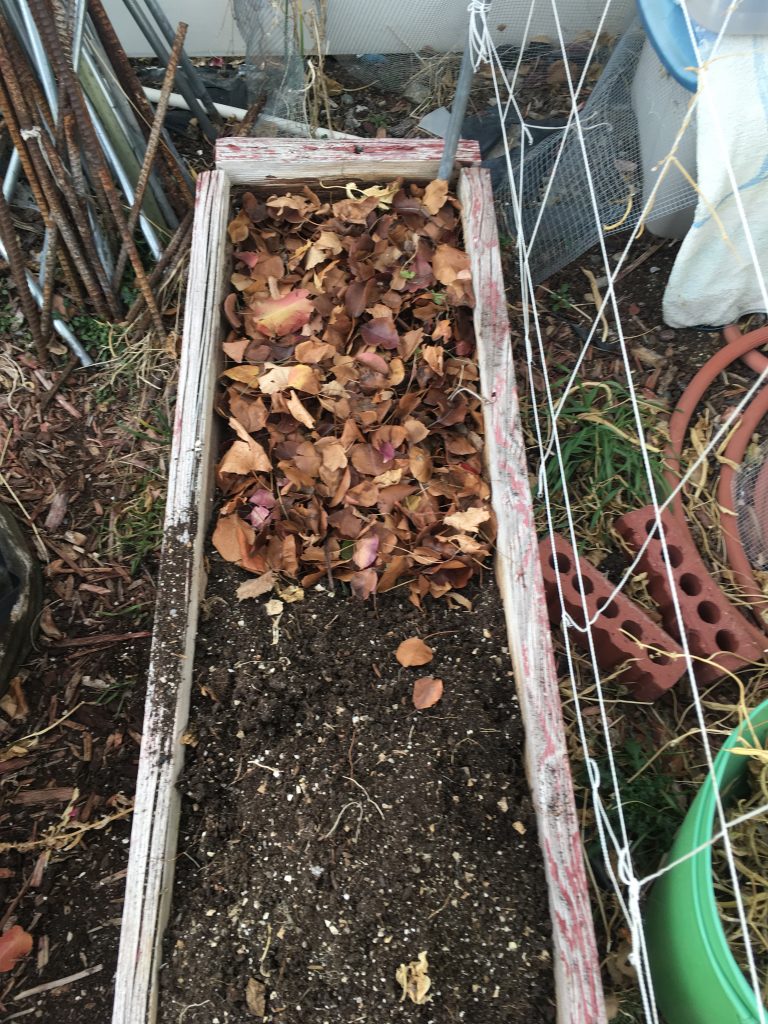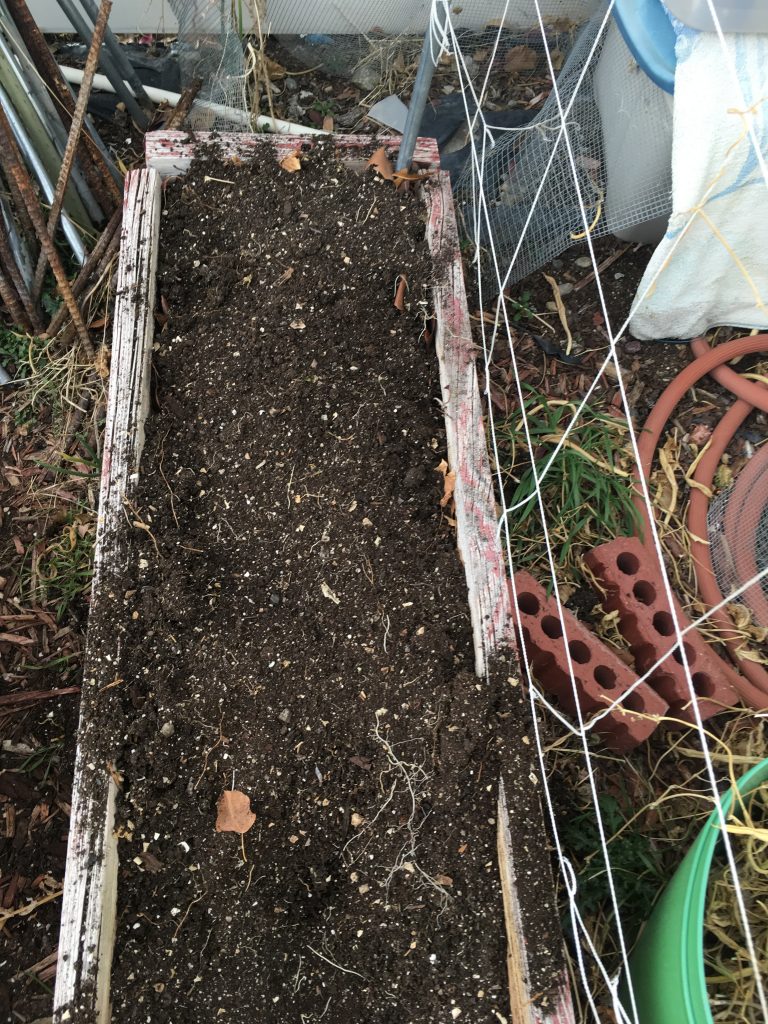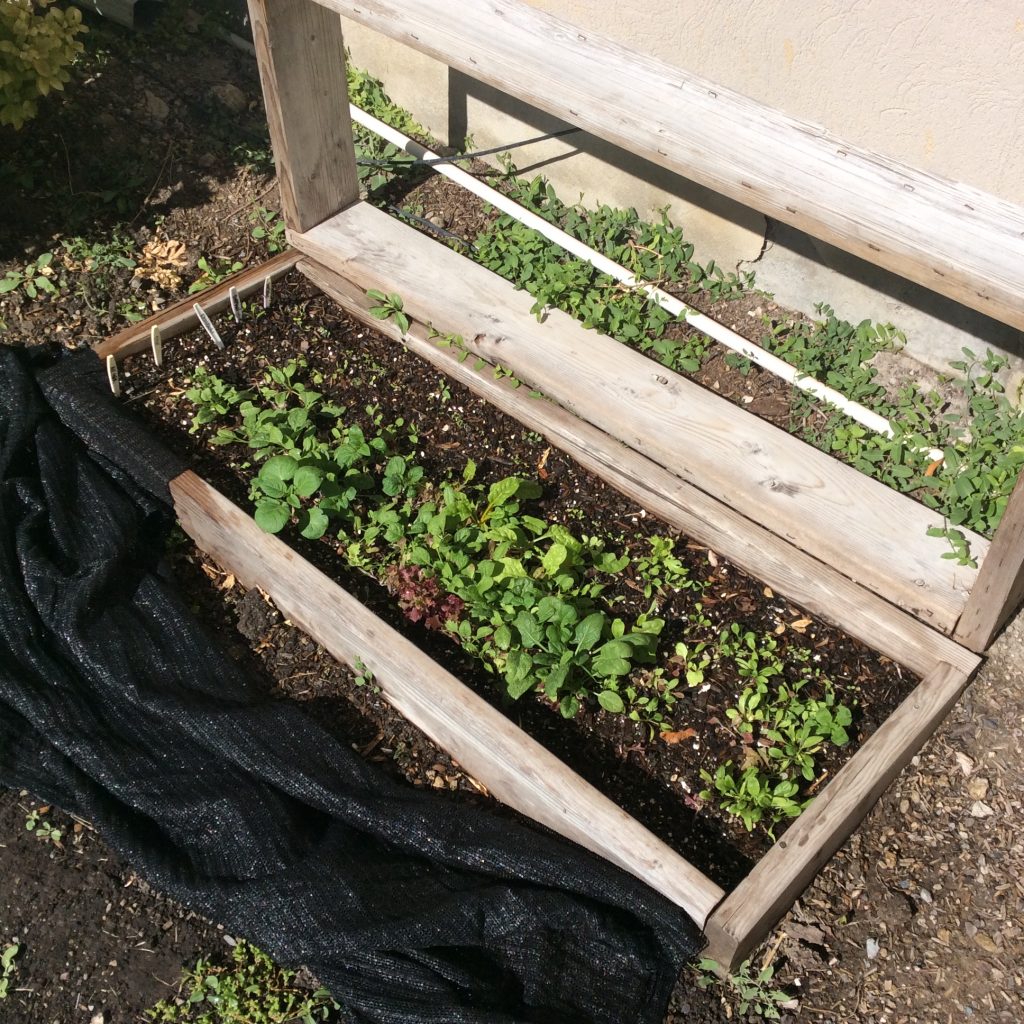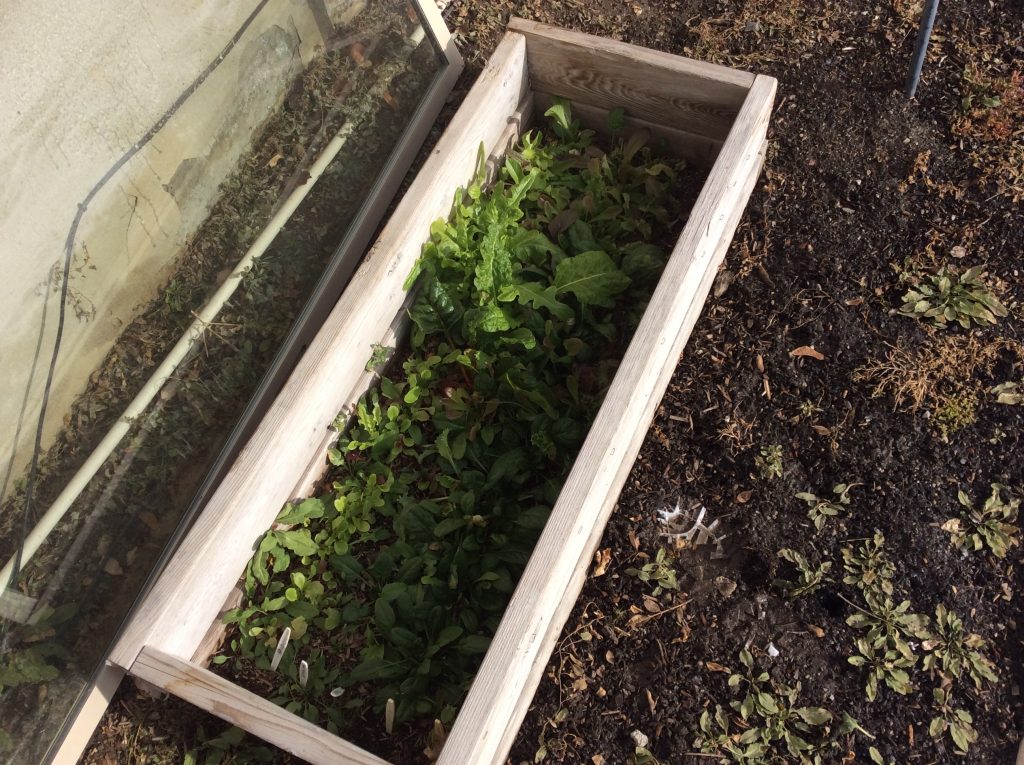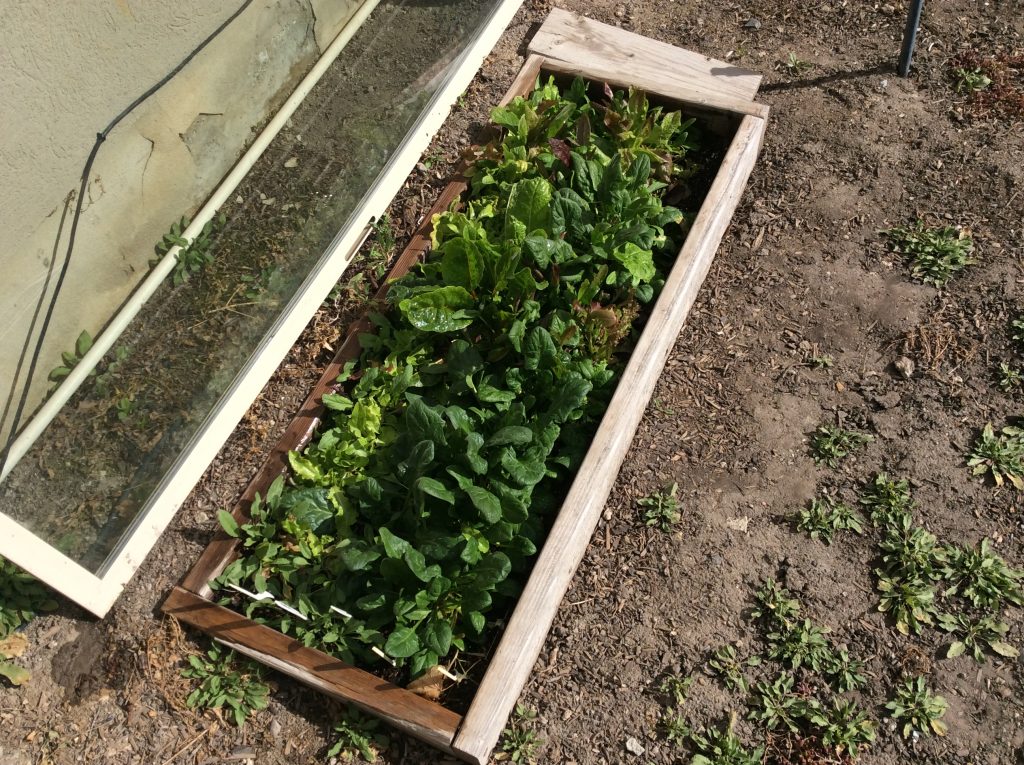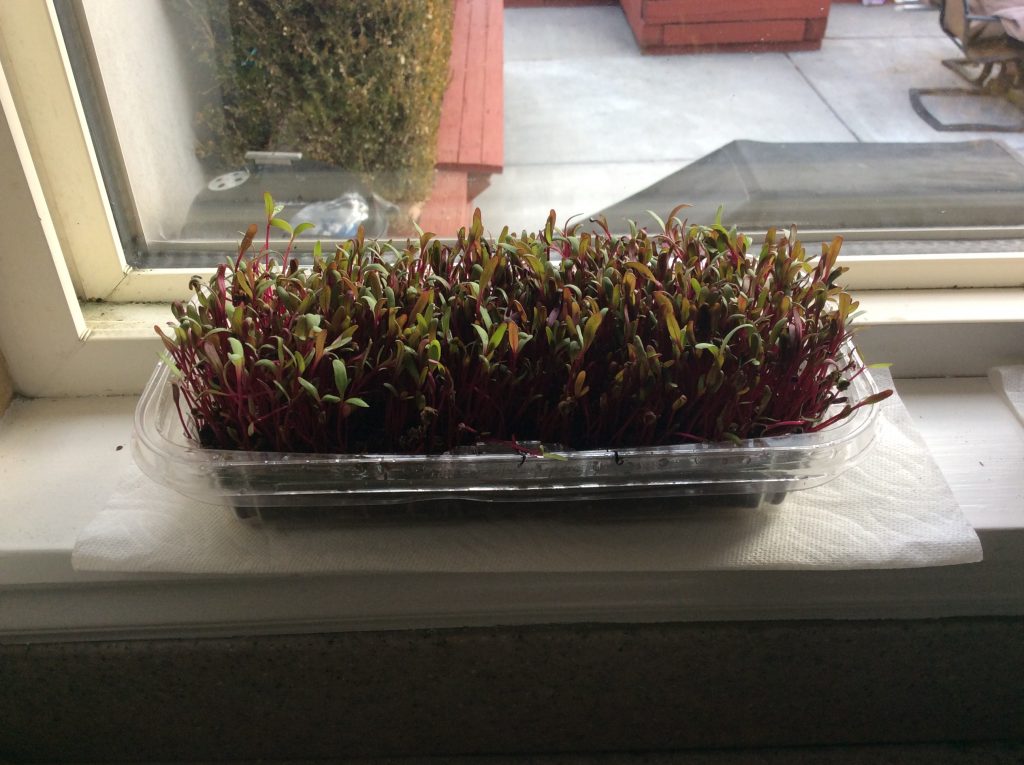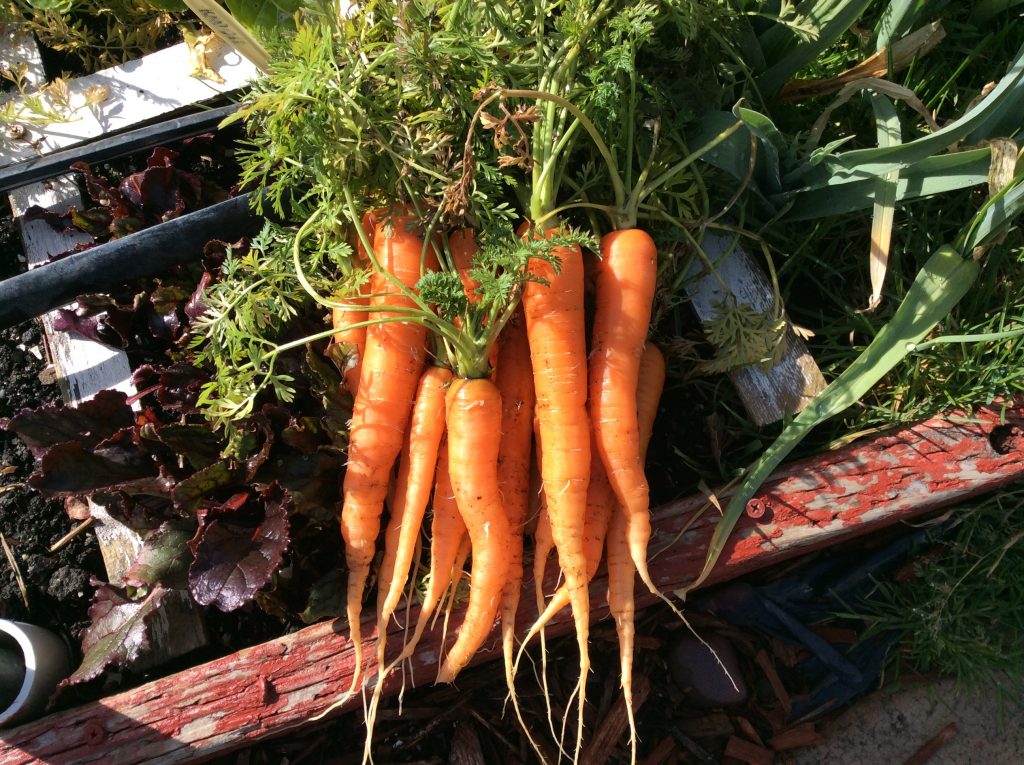 Under protective covers I still have a few squares of carrots left. I should’ve planned on more but didn’t. Tonight we had vegetable lasagna and I was able to use not only winter carrots but also garlic, which is sweeter and milder than what you would expect from the supermarket.
Under protective covers I still have a few squares of carrots left. I should’ve planned on more but didn’t. Tonight we had vegetable lasagna and I was able to use not only winter carrots but also garlic, which is sweeter and milder than what you would expect from the supermarket.
Though almost all garden planting is finished at this time in zone 6, there are still some things that can be done. If you haven’t taken advantage of some online tools from different sources about what to do and when to do it, check this out. This is an excellent informational source that can help you to know what you should be planting at any time of the season. I’ve found them to be very valuable, and in my case, it’s reminding me that I can still plant garlic bulbs outside. There’s many of these available and I’m not sure if some are better than others. </[ois skin=”1″]
